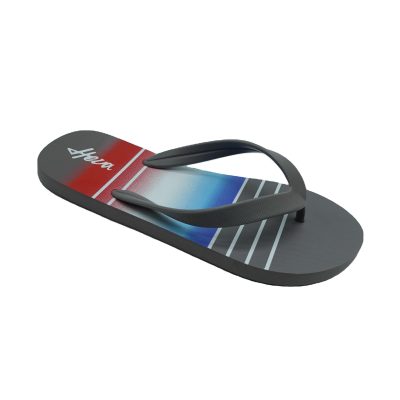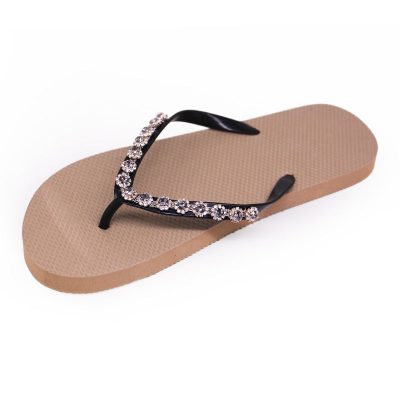Choosing eco-friendly flip-flop soles is a great way to reduce your environmental impact while enjoying comfortable and stylish footwear. Here are some sustainable materials and practices to consider when selecting eco-friendly flip-flops for summer:
1. Natural Rubber
Pros:
- Biodegradable: Natural rubber is derived from the latex of rubber trees and is biodegradable.
- Sustainable Harvesting: When harvested responsibly, natural rubber can be a renewable resource.
Cons:
- Allergenic Potential: Some people may have latex allergies.
2. Recycled Rubber
Pros:
- Waste Reduction: Utilizes waste rubber from various sources, reducing landfill waste.
- Durability: Recycled rubber maintains many of the durable properties of virgin rubber.
Cons:
- Varied Quality: The quality can vary depending on the source and processing of the recycled rubber.
3. Recycled Plastic
Pros:
- Waste Diversion: Helps divert plastic waste from oceans and landfills.
- Versatility: Can be molded into various designs and often combined with other materials for enhanced comfort.
Cons:
- Durability: May not be as durable as other materials, depending on the processing.
4. Cork
Pros:
- Renewable Resource: Harvested from the bark of cork oak trees, which can regenerate.
- Natural Properties: Offers natural cushioning and is lightweight.
Cons:
- Durability: May not be as durable as rubber, especially in wet conditions.
5. Hemp
Pros:
- Sustainable Growth: Hemp grows quickly and requires minimal pesticides and water.
- Breathability: Naturally breathable and has anti-microbial properties.
Cons:
- Durability: Typically used in combination with other materials for added durability.
6. Algae Foam
Pros:
- Innovative Material: Made from algae, which helps clean waterways by reducing excess algae growth.
- Eco-Friendly: Biodegradable and sustainable.
Cons:
- Availability: Still a relatively new material and may not be widely available.
7. Organic Cotton
Pros:
- Sustainable Farming: Grown without synthetic pesticides or fertilizers.
- Comfort: Soft and breathable.
Cons:
- Water Use: Cotton can be water-intensive to grow, though organic methods often use less water.
8. Upcycled Materials
Pros:
- Resource Efficiency: Utilizes existing materials, reducing the need for new resources.
- Unique Designs: Often results in unique and stylish products.
Cons:
- Limited Availability: Depends on the availability of upcycled materials, which can vary.
Eco-Friendly Brands and Certifications
1. Sustainable Brands: Look for brands dedicated to sustainability and ethical practices. Brands like Indosole, Sole, and Okabashi are known for their eco-friendly flip-flops. 2. Certifications: Check for certifications like Global Organic Textile Standard (GOTS), Fair Trade, and Forest Stewardship Council (FSC) to ensure the materials and manufacturing processes meet environmental and ethical standards.
Tips for Choosing Eco-Friendly Flip Flops
- Research Brands: Choose brands with a strong commitment to sustainability and transparency in their manufacturing processes.
- Check Materials: Opt for flip-flops made from natural, recycled, or upcycled materials.
- Consider Durability: Sustainable products should also be durable to reduce the need for frequent replacements.
- Recyclability: Look for flip-flops that can be recycled or are biodegradable at the end of their life cycle.
Conclusion
By choosing flip-flops made from eco-friendly materials like natural rubber, recycled rubber, cork, hemp, algae foam, and organic cotton, you can enjoy comfortable footwear while reducing your environmental footprint. Research sustainable brands and look for certifications to ensure you’re making a responsible choice. Sustainable flip-flops not only benefit the environment but also promote ethical and fair practices in the fashion industry.


















